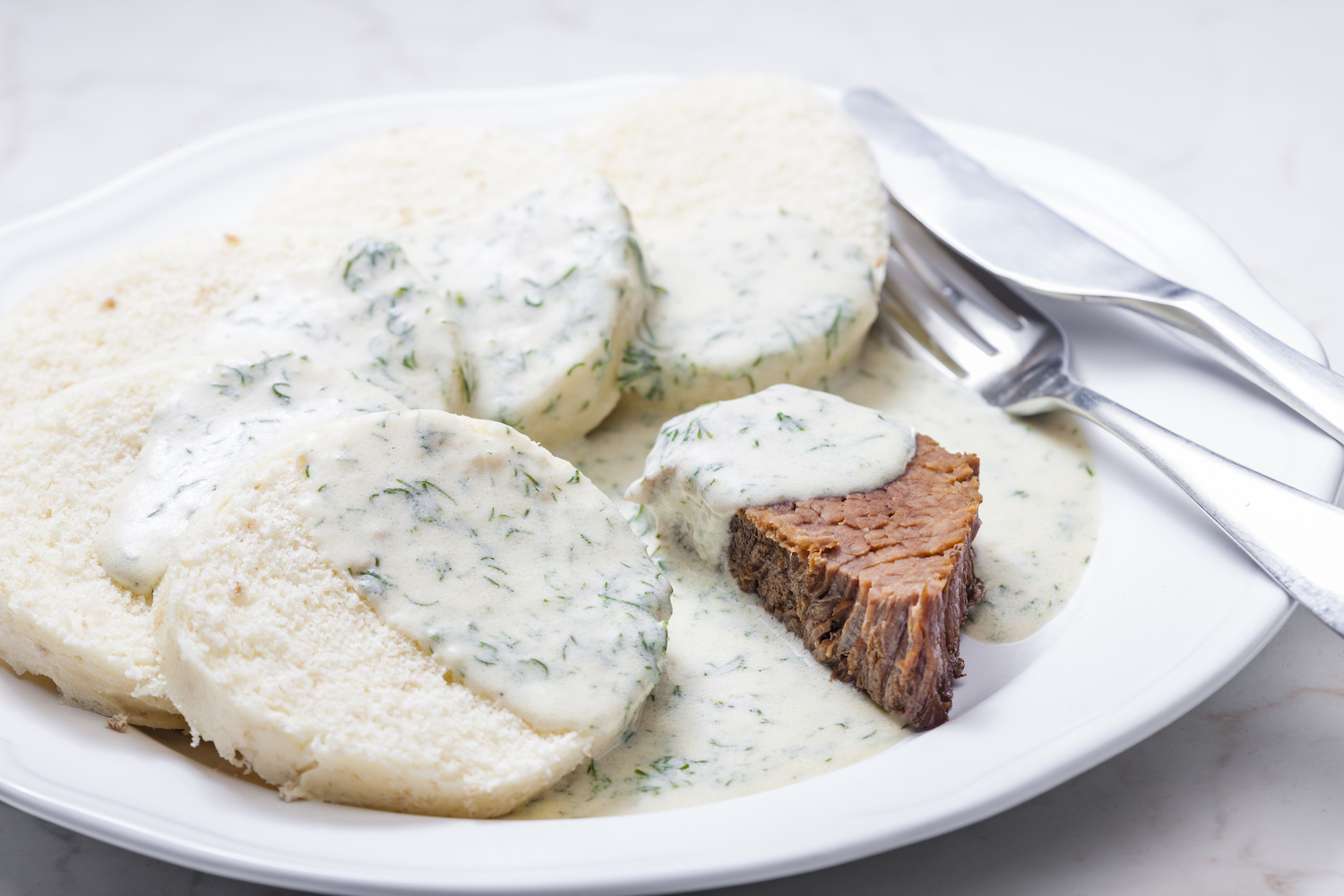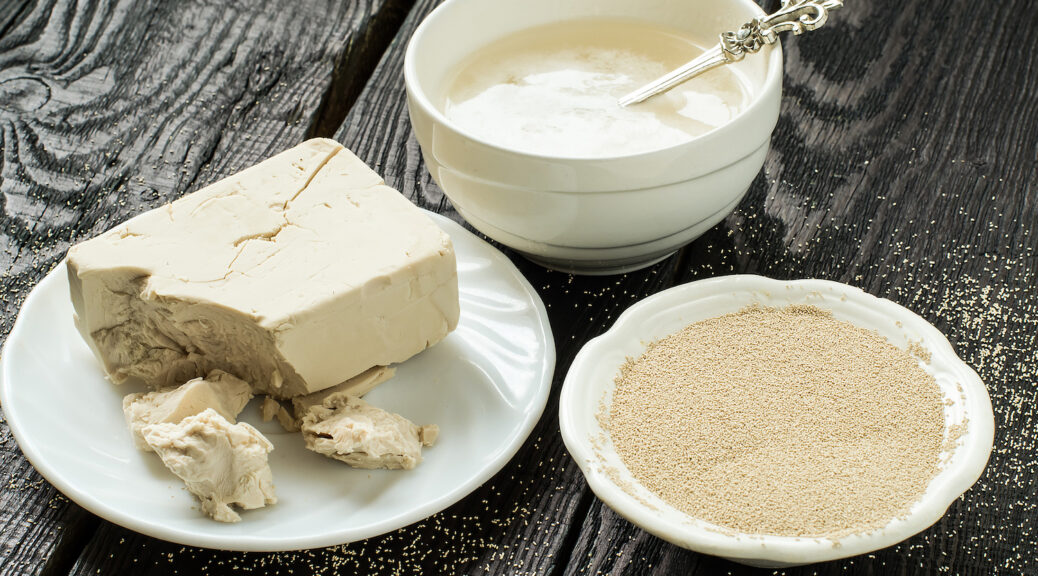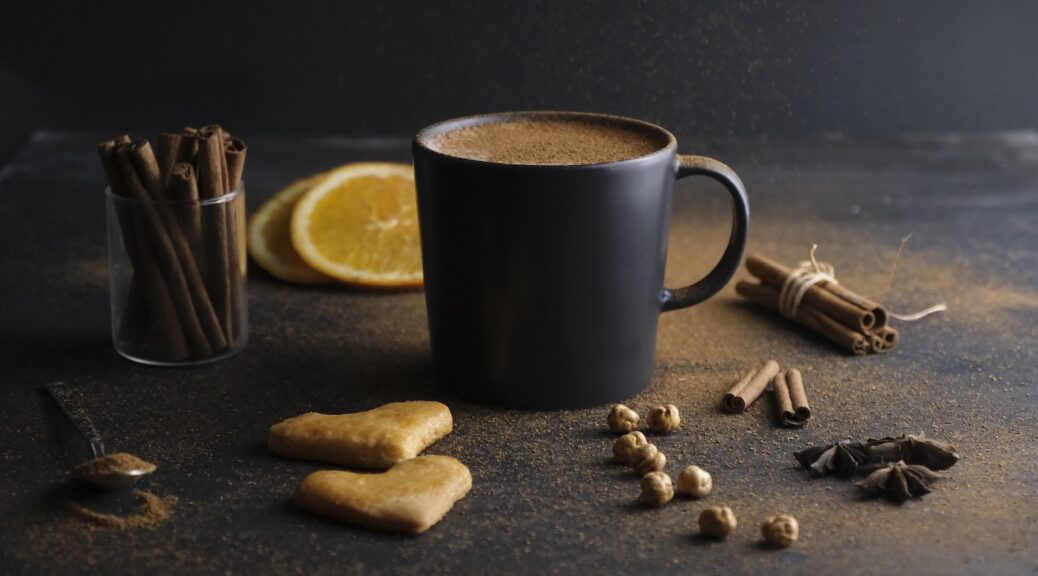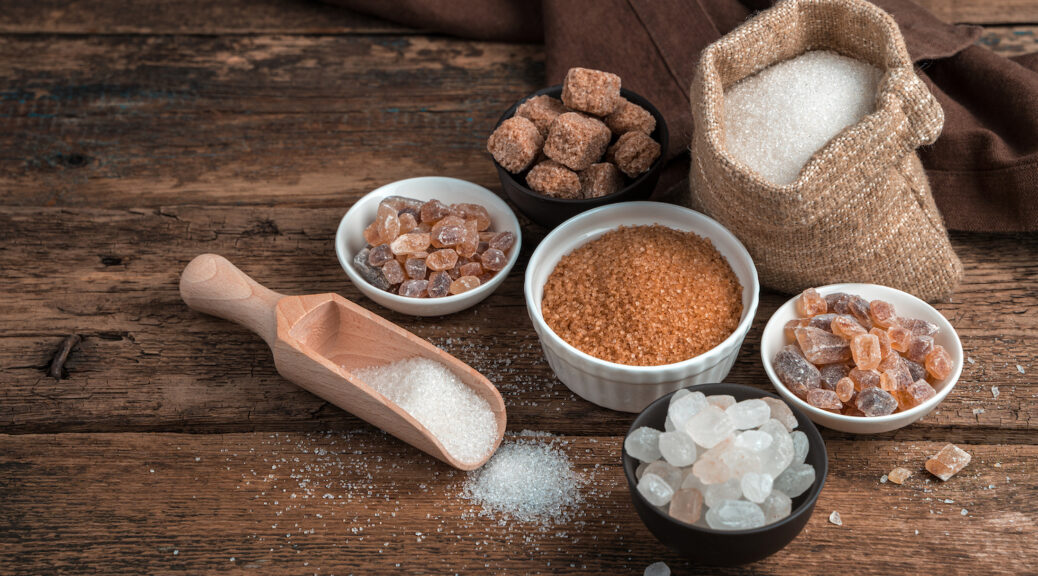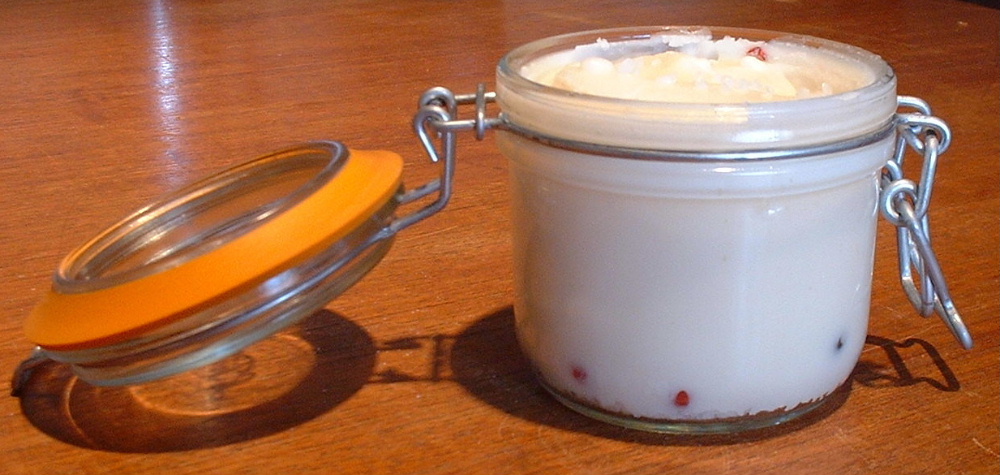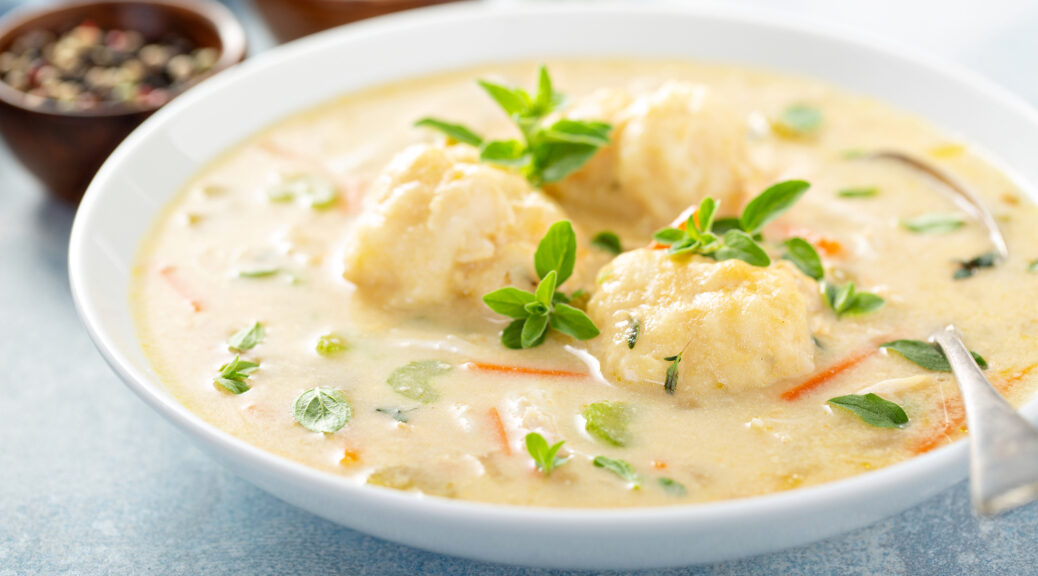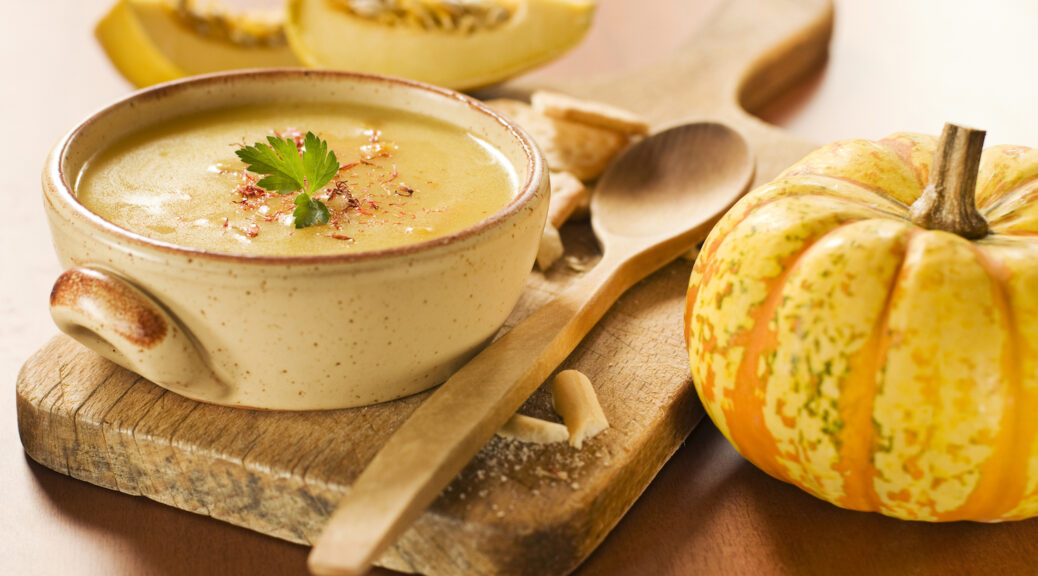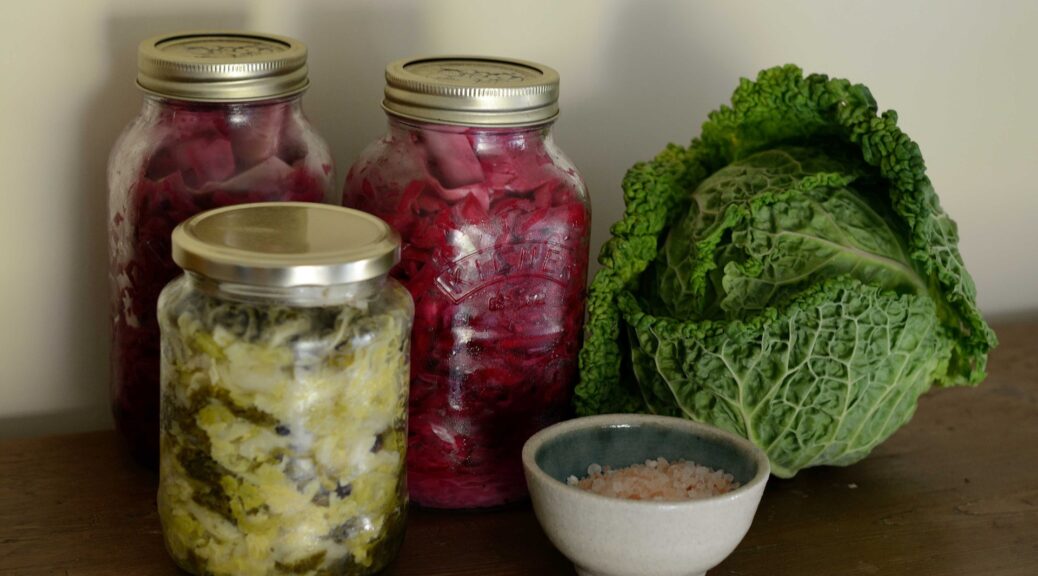How to Make a Variety of White Sauces
Sauces may be a little more trouble to add to a cooked meal, but they can certainly enliven a plain dish. Although we can buy ready-made or powdered packets of sauces at the grocery store, they can easily be made at home once you get the hang of it. It will not only be cheaper, but you can flavor it any way you want. INFORMATION BELOW COMPILED FROM 1800s COOKBOOKS RECIPES FOR WHITE SAUCEThree white sauces are commonly used for…
